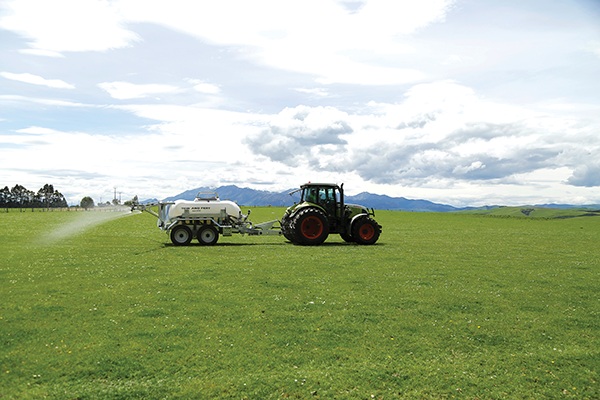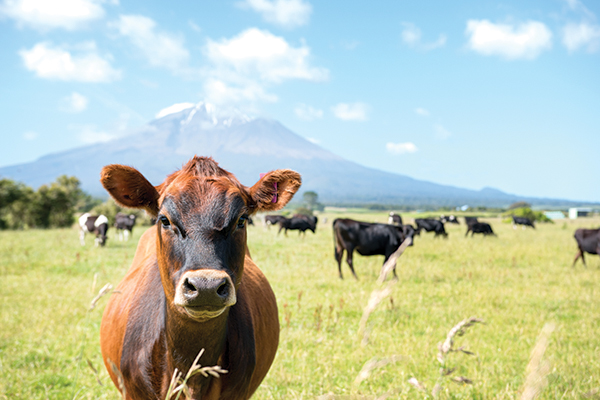Sodium (Salt) is vital for animals but is not necessary for plant mineral nutrition.
Ruminant livestock require sodium (Na) to regulate the composition of all extracellular fluids including blood and for maintenance of a constant pH in the rumen. Livestock requirements vary but as a general rule 0.10% Na in pasture drymatter (DM) is needed for animal production.
Plant species differ in their ability to transport Na to their leaves. Plants with a greater % Na in their root DM than in their shoots are natrophobes, those with more Na in their shoots (a shoot: root ratio of more than 1.0) are natrophiles.
Examples of natrophobic species are Lucerne, Maize, Red Clover, Caucasian Clover, Kikuyu. The Na% in herbage drymatter for natrophobes is usually under 0.1% Na.
Ryegrass and white clover are examples of natrophilic species; they normally have more than 0.1% Na in their herbage but are often deficient for livestock.
Salt is available with or without minerals, loose or pressed into lick blocks, or as rock salt imported from the northern hemisphere. Salt is an effective carrier of less palatable minerals.
Summit Rock Blocks weather at a slower rate than rock salt. Getting a known amount of salt into each animal on a daily basis (eg. drenching) is best but often impractical. Offering free-choice salt year-round will enable animals to supplement their needs as required.
Be cautious about relying on free-choice mineralised products to correct clinical mineral deficiencies.





